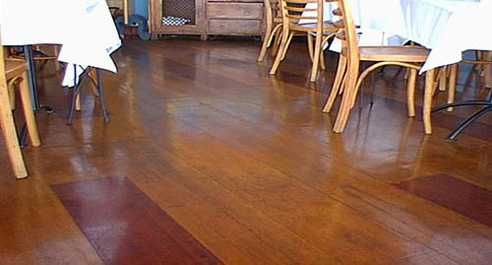NEWS ARTICLE ARCHIVESAcoustic Solutions for Floors from Ironwood The Building Code of Australia currently does not specify an acoustic standard, does not have a minimum standard nor does it require floors to be totally noise free. So why are we talking about acoustics? The BCA is about to introduce a minimum level of sound attenuation for all multi–tenant buildings and residences which will really put the cat amongst the pigeons. Right now the only thing we know is that we have different body corporate standards in each state and that in Sydney an IIC rating of 55 is considered to be acceptable by most body corporates. The other acoustic thing which is changing is that our Australian ‘scales’ are being brought into line with European DIN standards. The old measures, which are: IIC–onsite ‘Impact Insulation Class’ measurement–the higher the number the better the rating; and STC–‘Sound Transmission Class’ measurement–the reduction in airborne sound transmitted through a floor or wall; are also about to be superceded by the new European measures: L'nTw – replacing the IIC. The lower the number the better the acoustic rating; Rw – replacing the old STC (similar numbering system). There are primarily 2 types of sound that acoustic engineers focus on when it comes to floors: Low frequency sounds, such as footsteps. Impact vibration also comes from the bass of a stereo as well as things like vibrating washing machines and dryers that have lost their rubber legs or are leaning directly against the wall. To reduce the sound reverberating through floors they need a degree of separation to reduce the impact vibration which resonates through the building. This is best achieved by separating a timber floor from the concrete structure, using acoustic rubbers that do not crush over time and always rebound to their original thickness. Airborne sounds, such as voices and music - they are best treated by using materials with mass, such as concrete, CFC sheeting and batts - anything which has the ability to absorb or reflect the sound wave reverberations. |
 |
 |